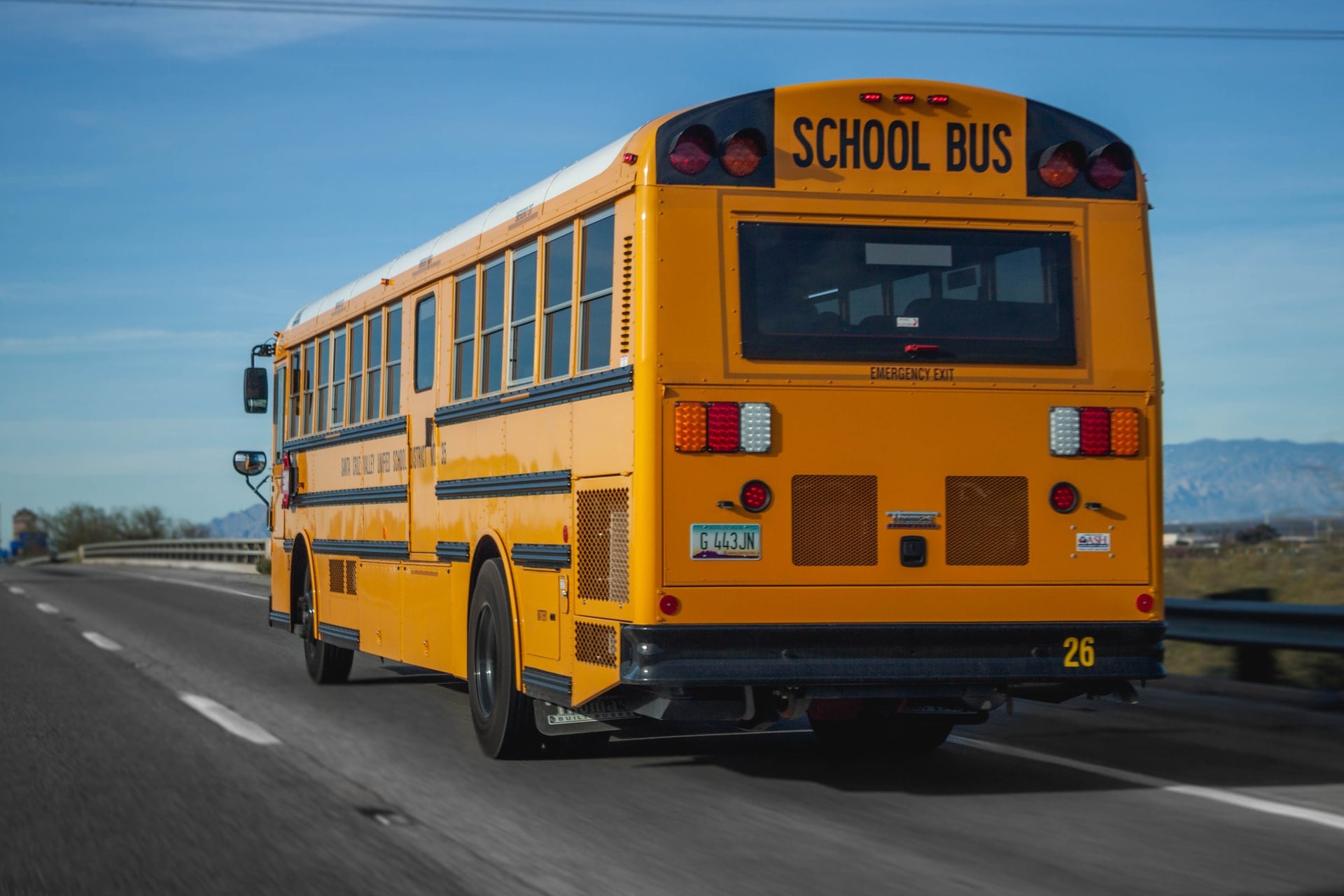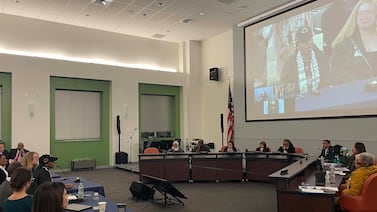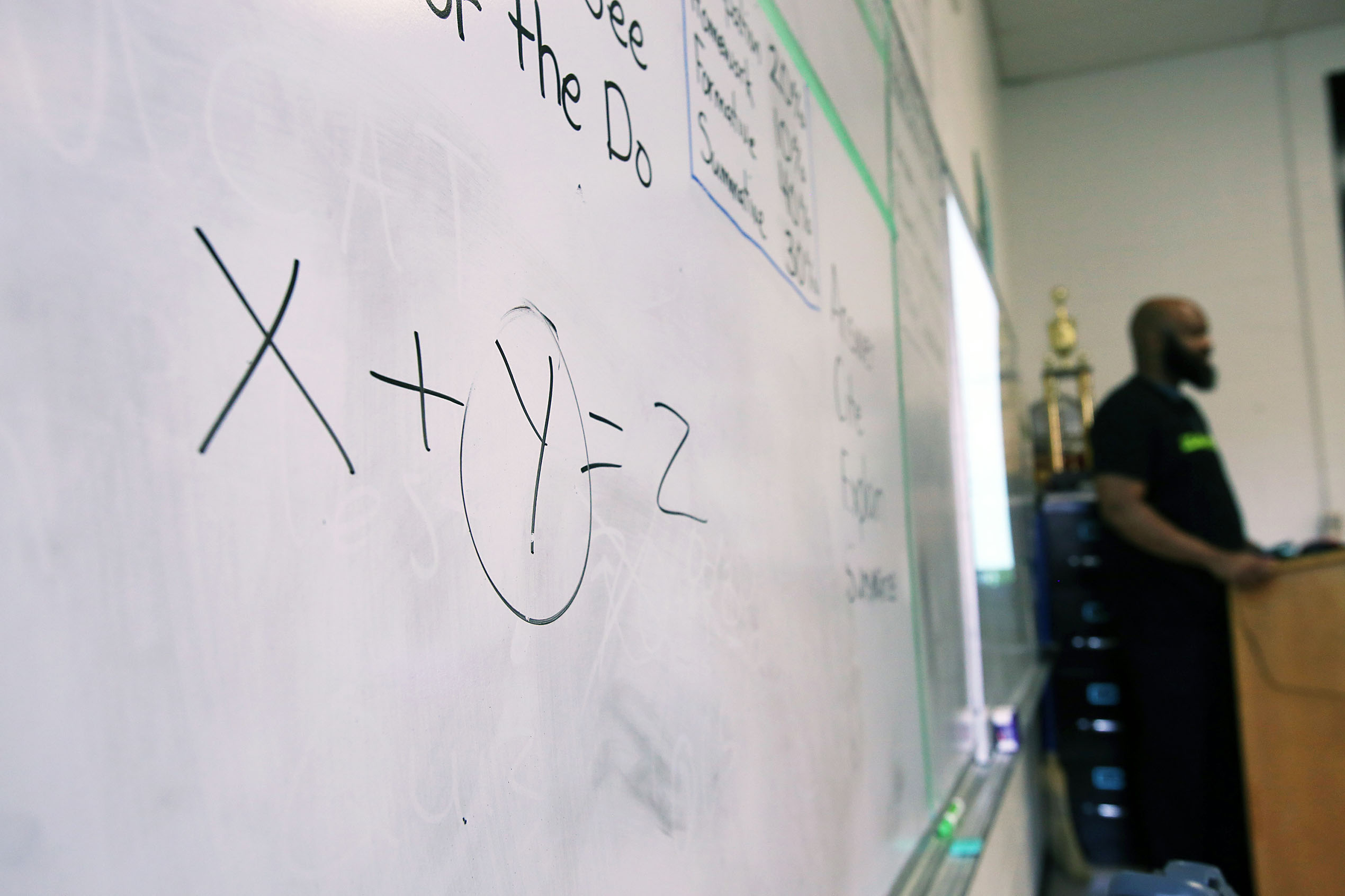One in five Indiana high schools are facing scrutiny that could lead to lower graduation rates because they marked a large number of students who didn’t graduate as leaving to home-school.
The state will review over 100 schools under a new law that aims to stem the tide of students who leave without diplomas but are not counted as dropping out. Schools under audit must show that they have properly documented each withdrawal and that the students who withdrew were on track to graduate. Students who were behind on credits when they left will be re-categorized as having dropped out.
Statewide, schools claimed that about 3,200 Hoosier students who were expected to graduate in 2020 instead withdrew to home-school. The total reflected a dip from the prior year. A Chalkbeat investigation found that because the state does not track or oversee home schooling, it’s impossible to say how many of those students continued their education.
The new law aims to prevent students who fall behind in school from withdrawing and disappearing from graduation rates. Indiana data for the class of 2019 showed that more than half of students who left high schools to home-school may have fallen behind on credits.
The growing focus on home-school withdrawals is pressuring schools to provide options for struggling students, such as alternative programs or career training. But it is too soon to say whether state attention will dramatically increase the number of students earning diplomas.
“Home schooling was pretty much a dumping ground for kids until lately,” said Greg Prange, principal at Seymour Senior High School, a 1,500-student school in an agricultural community about an hour south of Indianapolis.
When he began as assistant principal over two decades ago, frustrated students could leave as soon as they turned 16. After the state made dropping out more difficult, some of those students started leaving to home-school, Prange said. Parents who are tired of fighting with their teens about school withdraw them, he added.
At Seymour, the district is relying on new career training programs to keep students engaged in school, including a fledgling agriculture science program that allows students to learn about landscape management, horticulture, and animal science, Prange said. The program also helps students earn diplomas under the state’s new graduation pathways even if they are not able to pass the state exam.
Those efforts seem to be paying off. Seymour will not face a state review this year because the school has drastically reduced the number of students leaving to home-school. Fourteen Seymour students in the class of 2020 withdrew for home schooling, about a third of the number in the prior class.
“We’ve changed so much over the years trying to provide for kids in the community,” Prange said. “We’re not losing those kids.”
But at schools with some of the highest rates of students leaving to home-school, those strategies haven’t shown results yet.
At Lincoln High School, a 700-student campus in southwest Indiana, Principal Steve Combs expects the graduation rate to fall by about 10% because of the new law. Combs was frustrated about the law marking students who are behind on credits as dropping out, a requirement imposed after students in the class of 2020 had withdrawn from school.
“I’m all for accountability. I just would like to know what the rules are,” Combs said.
In the class of 2020, Lincoln had 31 students who were marked as leaving to home-school. Most of them were behind on credits, and about 10 who were on track to graduate will likely be counted as dropouts because of a problem with documentation, Combs said.
When students fall significantly behind on credits, withdrawing to home-school and pursuing a high school equivalency can seem like the best option, Combs said. “That’s difficult to battle against.”
In the long term Combs hopes the school will be able to keep more of those students in school by offering more options. The district launched an alternative high school this year where students can catch up on credits more quickly through online classes with the support of teachers.
Whether students are counted as dropping out or leaving to home-school, when they leave school without diplomas it can have enduring consequences for them and for the community, Combs said.
“I live in this town. I absolutely worry about them,” he said. “But I do feel good about the services that we try to provide while they’re here.”






